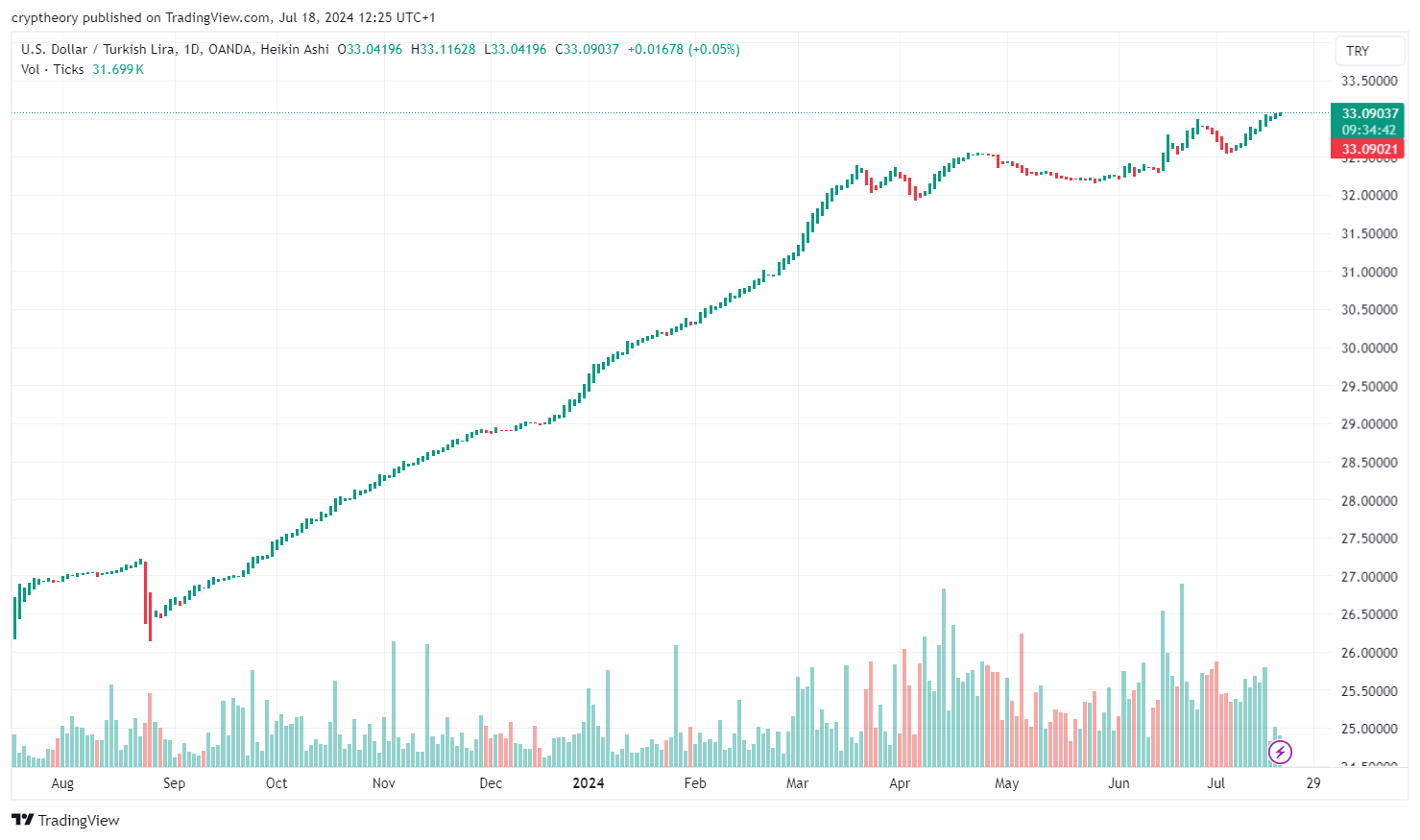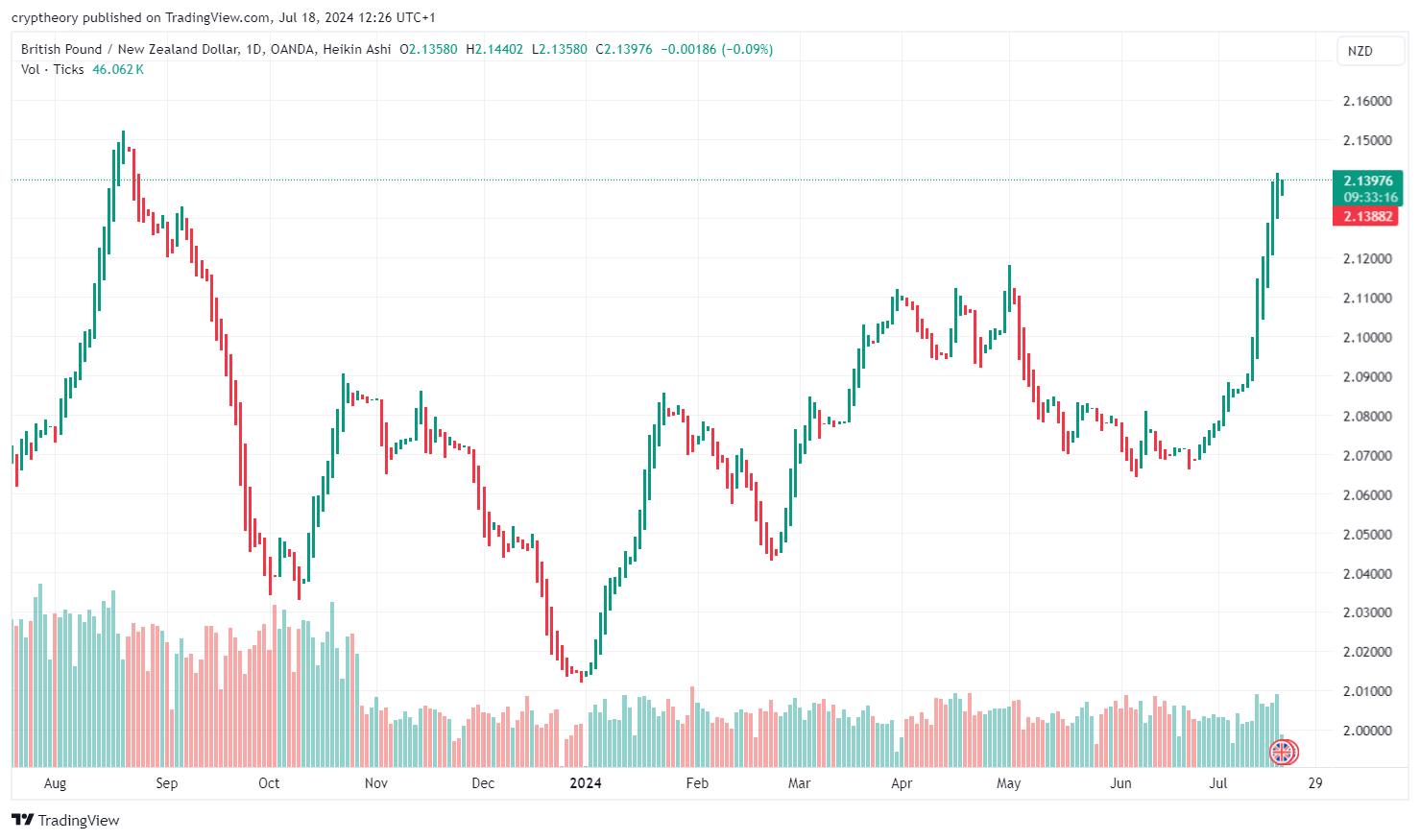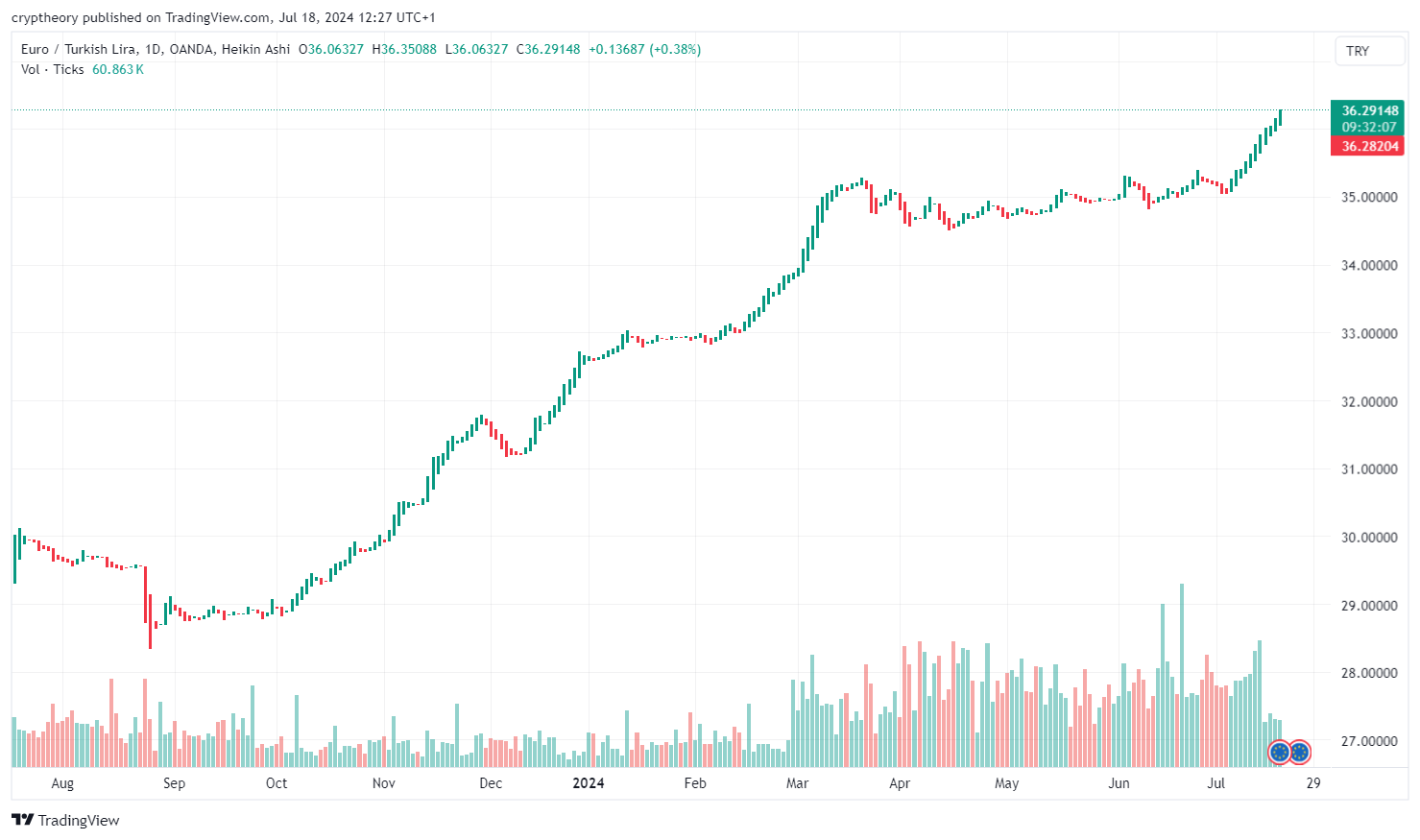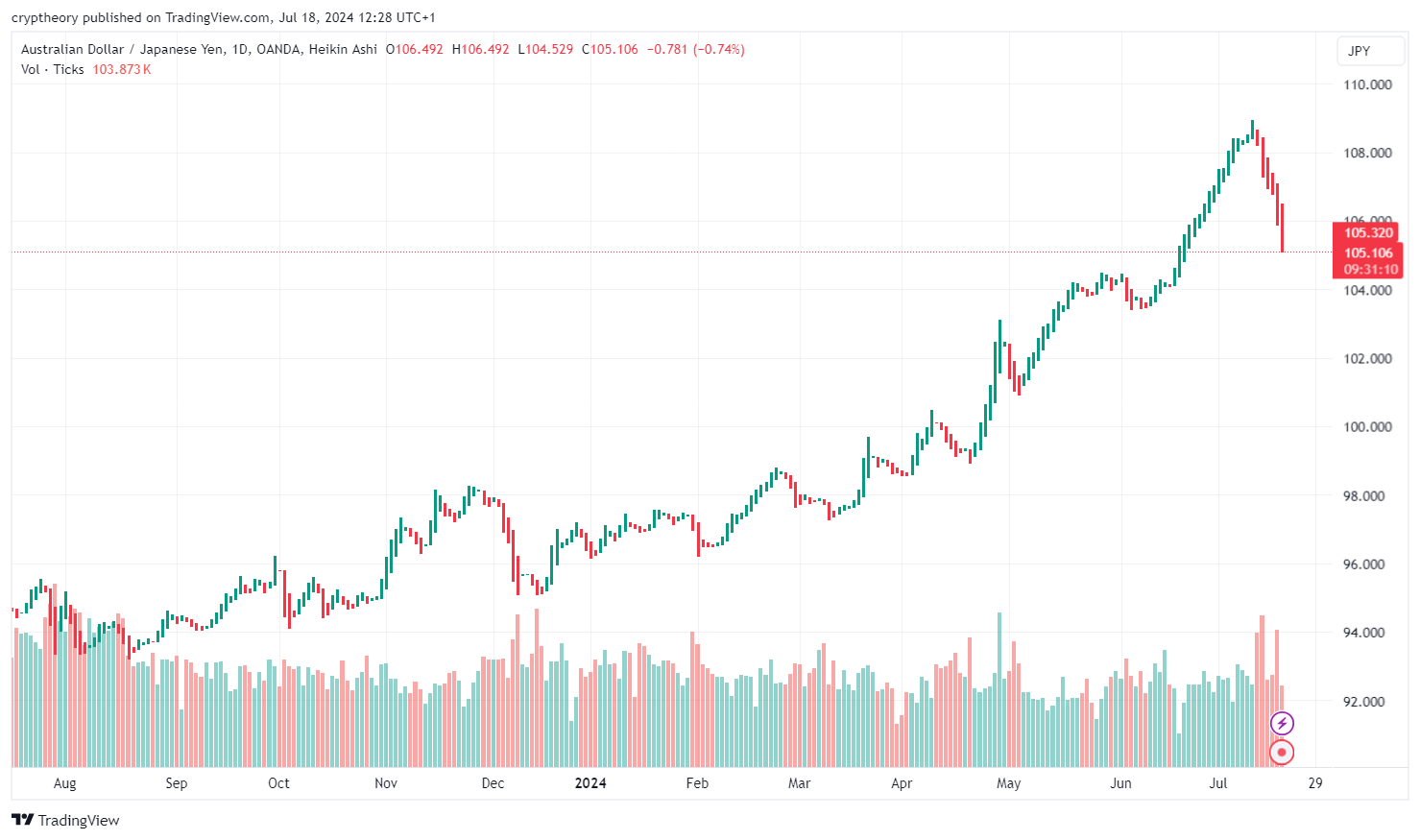Table of Contents
The forex market is one of the largest and most traded financial markets in the world. Daily trading volumes on the forex market reach trillions of dollars, attracting various types of traders, from individual investors to large institutional players. One of the key factors that traders monitor is the volatility of currency pairs. Volatility measures how much the price of a currency pair changes over time and is a crucial indicator for many trading strategies.
Definition and Importance of Volatility
Volatility is a statistical measure of the dispersion of returns for a given currency pair. Higher volatility means greater risk, but also greater potential for profit. For traders, it is important to understand what factors influence volatility and how volatility can change depending on various events and market conditions.
Historically, forex volatility has varied depending on different economic, political, and social factors. For example, the financial crisis in 2008 caused extreme volatility across all financial markets, including forex. Currency pairs like USD/JPY and EUR/USD experienced sharp swings due to the instability of financial institutions and central bank interventions.
Most Volatile Forex Pairs in 2024
In 2024, several currency pairs exhibited high volatility. These include:
- USD/TRY (US Dollar/Turkish Lira)
- GBP/NZD (British Pound/New Zealand Dollar)
- EUR/TRY (Euro/Turkish Lira)
- AUD/JPY (Australian Dollar/Japanese Yen)
- USD/ZAR (US Dollar/South African Rand)
USD/TRY (US Dollar/Turkish Lira)
This currency pair is known for its high volatility due to political and economic instability in Turkey. In 2024, ongoing inflation issues and geopolitical tensions caused significant fluctuations in the USD/TRY exchange rate. For instance, in March 2024, the volatility of this pair increased by 30% within a month due to political conflicts and interventions by the Central Bank of Turkey.
GBP/NZD (British Pound/New Zealand Dollar)
GBP/NZD is another pair that shows high volatility, especially due to economic differences between the United Kingdom and New Zealand. In 2024, this currency pair experienced extreme swings due to divergent monetary policies of the two countries. For example, in July 2024, volatility increased by 25% due to changes in interest rates in both countries.
EUR/TRY (Euro/Turkish Lira)
Similar to USD/TRY, EUR/TRY also shows high volatility due to economic instability in Turkey. In 2024, this pair became even more volatile due to growing tensions between Turkey and the European Union. In May 2024, volatility increased by 28% due to new sanctions and political disputes.
AUD/JPY (Australian Dollar/Japanese Yen)
AUD/JPY is often considered a barometer of risk sentiment in global markets. In 2024, this currency pair faced high volatility due to differing economic conditions in Australia and Japan. In April 2024, volatility increased by 22% due to changes in global commodity markets and interventions by the Bank of Japan.
USD/ZAR (US Dollar/South African Rand)
USD/ZAR is known for its extreme volatility, influenced by the political and economic situation in South Africa. In 2024, the volatility of this pair was high due to changes in commodity prices, particularly gold and platinum, which are key exports of South Africa. In September 2024, volatility increased by 27% due to political unrest and economic reforms.
Factors Affecting Volatility
Volatility in the forex market can be influenced by many factors, including:
- Economic Data: The release of economic indicators such as GDP, inflation, unemployment, and retail sales can cause significant price swings in currency pairs.
- Political Events: Election results, political scandals, and geopolitical tensions can significantly impact volatility.
- Central Banks: Actions by central banks, changes in interest rates, and quantitative easing can have a profound effect on volatility.
- Global Markets: Changes in commodity prices, stock markets, and other financial markets can influence the volatility of forex pairs.
- Natural Disasters: Events such as earthquakes, tsunamis, and other natural disasters can cause sharp fluctuations in currency prices.
How to Utilize Volatility in Trading
Traders can take advantage of high volatility to achieve profits, but it is essential to have the right strategies and risk management tools. Popular strategies include:
- Scalping: Scalping is a trading strategy that exploits small price movements to achieve profits. Traders using this strategy focus on a high frequency of trades within short time frames.
- Swing Trading: Swing traders aim to capture short- to medium-term price movements. This strategy requires patience and the ability to analyze market trends.
- Day Trading: Day traders close all their positions before the end of the trading day to avoid overnight risk. This strategy requires careful market monitoring and quick decision-making.
- Hedging: Hedging is a technique that helps traders protect their investments from adverse market movements. Traders can use various financial instruments such as options and futures to hedge their positions.
Conclusion
Volatility is a key factor in the forex market, which can bring both risks and opportunities. In 2024, certain currency pairs exhibit extremely high volatility due to various economic, political, and global factors. Traders should be prepared for different scenarios and use appropriate strategies to manage risks and maximize profits. Understanding the factors influencing volatility and monitoring market conditions is essential for successful forex trading.
- Michaël van de Poppe: Bitcoin to Hit $500,000 This Cycle? 🚀💸 Or Just Another Crypto Fairy Tale? - December 21, 2024
- What is the Meme Coin Bonk, Price Predictions 2025–2030, and Why Invest in BONK? - December 18, 2024
- BNB Price Analysis: 17/12/2024 – To the Moon or Stuck on a Layover? - December 17, 2024





























